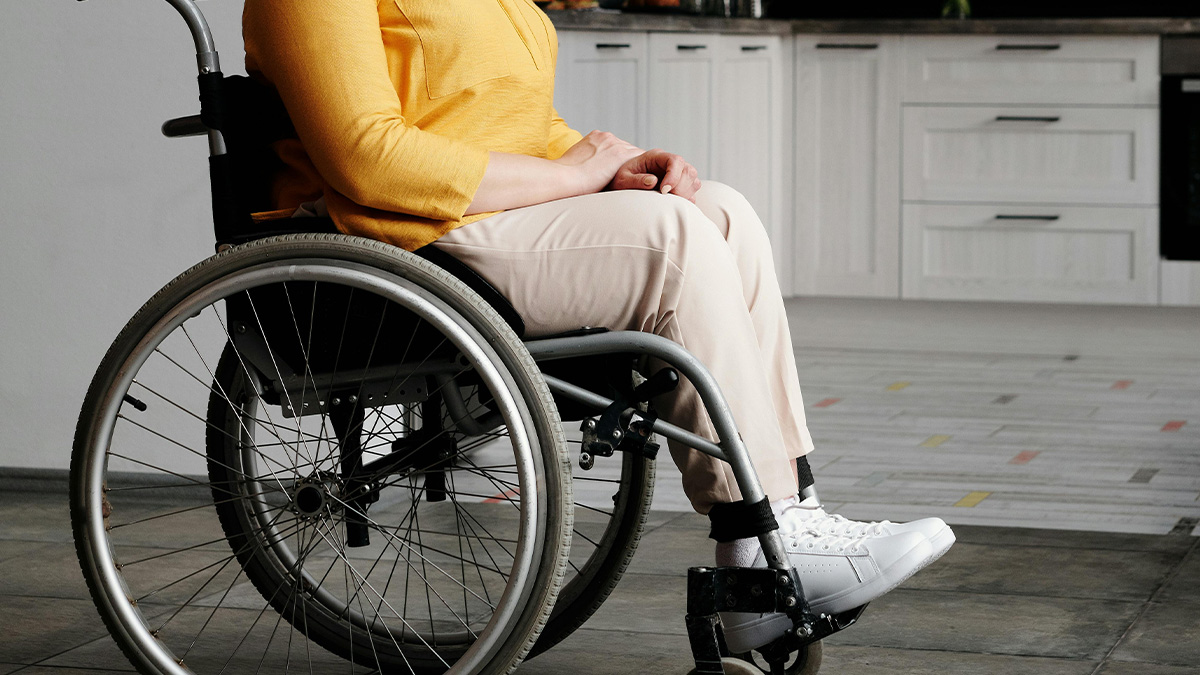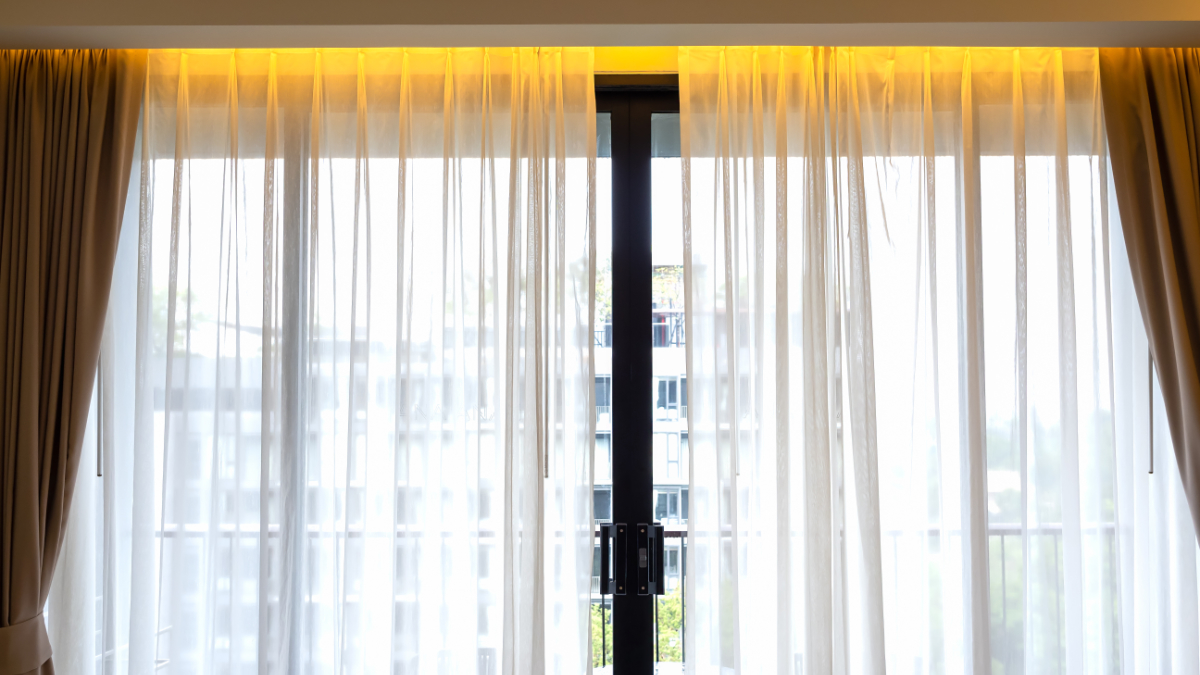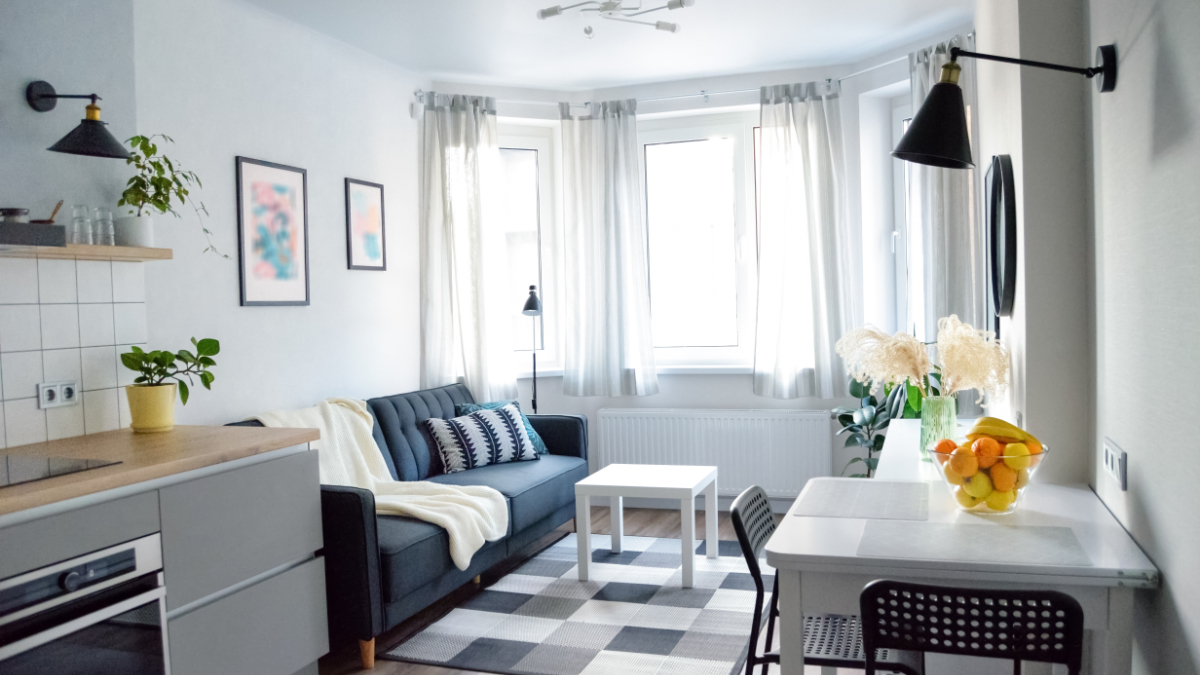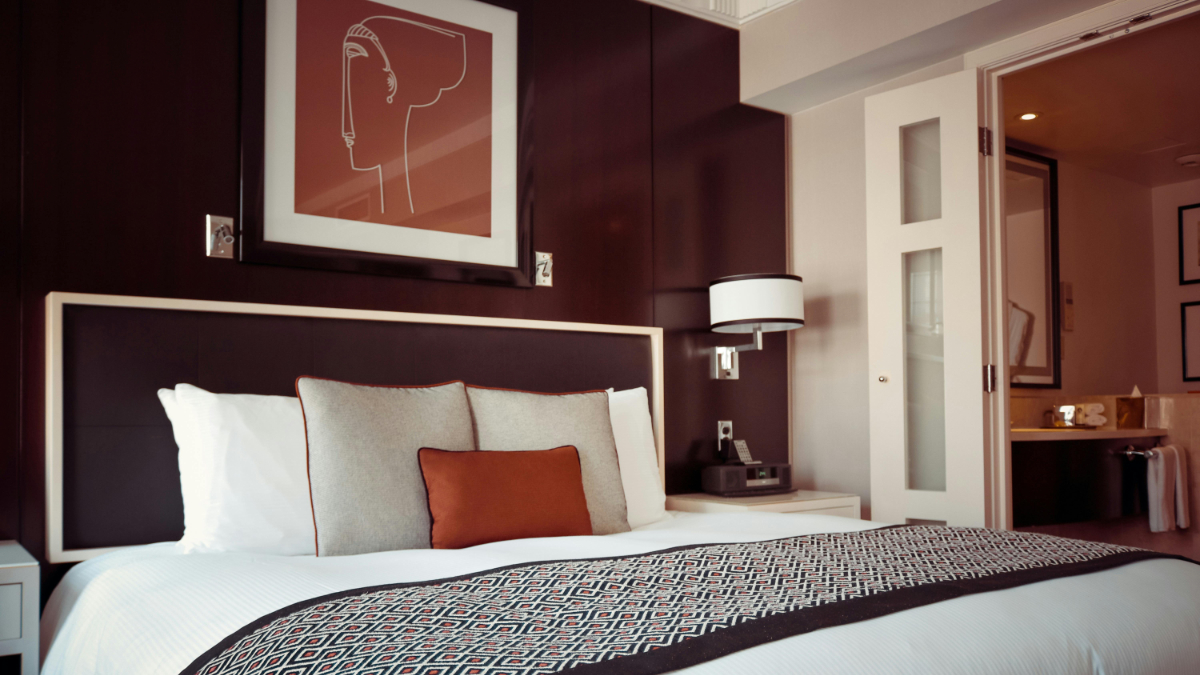Originally published: July 5, 2022
Having a home that is easy to navigate and accessible is an essential part of preserving one’s dignity. Those of us who don’t experience limited mobility may take this for granted, but chances are you or a loved one will experience some form of mobility limitations in your lifetime. From muscle or joint problems to the mobility challenges caused by aging -– more than 12.1 percent of U.S. adults live with a mobility disability (Centers for Disease Control and Prevention, 2023). Whether you’re facing a physical limitation yourself now or you’re eager to prepare, we have put together a list that features a few items we believe every home should have to be truly accessible.
Read: the word “handicap” is outdated and should no longer be used.
Add Ramps to Your Entryways:
One of the first items we think of when having to convert a home to be accessible to those with mobility issues is navigating stairs. Even if you only have a few steps between your doorway and stoop, these can still be difficult for someone with limited mobility. Thankfully, there are plenty of ramp solutions. There are portable and permanent options available, interior and exterior, in different sizes depending on whether one is using a walker, wheelchair, or other mobility aid. Whether the limited mobility is temporary or impermanent, there are plenty of solutions for stair navigation.
Add Grip Bars to Your Bathroom:
Slip and fall accidents can happen to anyone, even those without a disability or who don’t need accessible home accommodations. More often than not, in the home, these accidents occur in the bathroom. However, reducing the risk of slips and falls in the bathroom is possible. Having grip bars is an easy way to maintain or catch your balance. You can purchase and install either permanent grip bars or temporary suction fixtures to remove when moving out. To prevent a slip in the first place, one must consider how to make the floor itself as slip-resistant as possible. For instance, having a non-slip bath mat at the shower entrance or within the shower can greatly reduce your risk of injury. We recommend one with strong suction cups so that it will stay securely attached to the ground.
Reorganize Items at Eye Level:
Reaching for items can be extremely difficult, or impossible in some cases, for individuals with limited mobility. Being able to easily access regular-use items such as clothing, food, toiletries, books, and tools, is imperative in preserving one’s independence. This may involve lowering pantry shelves and closet rods. Keep in mind the person’s height when navigating–as they may be in a mobility device such as a wheelchair or scooter. Also, consider that the ability to bend or reach over does not come easily to all.
Read: How to spark joy by organizing your home.
Install Handrails Around Your House:
Earlier, we suggested having grips around the bathroom, and honestly, you should consider having them throughout your entire house. Frequently walked areas such as hallways or staircases are especially vital to secure with handrails. You’ll also want these in rooms where other furniture items aren’t within arm’s reach for needed support. Handrails can make a complete world of difference for individuals with limited mobility.
Replace Rotating Doorknobs:
The regular doorknob can be difficult to grip for some, as certain materials can be more slippery than others. For easier access, consider replacing doorknobs with push bars, levers, or automatic doors. None of these solutions require a giant overhaul. Push bars and levers can be a DIY project, while automatic doors can be installed by a variety of professional companies.





